Back in the spring, we got the opportunity for an in-depth chat with Jeff Hoobler, a professional cycling coach based out in Boulder, California. Jeff works closely with Wahoo and was instrumental in setting up their in-house digital coaching platform. Read on for some fantastic insight into how professional sports coaching can be applied to the world of gravel riding.
Jeff Hoobler is a professional cycling and strength coach. He started his career in rugby, but later moved into endurance sports including gravel riding. He competes regularly in gravel events and has raced at Unbound on a number of occasions, plus the Trancordilleras event in Colombia. He works as one of the coaching team with Wahoo and was instrumental in helping them set up their SYSTM training app. We chatted with him back in the spring, initially to get his advice on using a smart trainer as a gravel rider. Our conversation was so useful that we thought we would publish the transcript from it as it’s full of great advice for gravel riders looking to improve their fitness, strength and flexibility.
"My background really came from strength training and understanding what the demands were from any particular sport and then figuring out how to make athletes better."
GU – Can you tell us how did you first get into coaching?
JH - “It's pretty diverse. I've been a coach for over 30 years but from various different sports. Rugby was the big one. I coached rugby for a long time, played rugby for a long time and then I came into endurance sports about 2000. I've been doing a variety of cycling disciplines since 1999/2000 and just shortly after switching over from rugby I started doing endurance coaching. My background really came from strength training and understanding what the demands were from any particular sport and then figuring out how to make athletes better, more resilient, stronger, better performance, that kind of thing. So, I took a lot of the background that I had from field sports and started looking at where the breakdown was in endurance sports. Especially with all the linear motion, lack of lateral movement, repetitive motions, repetitive injuries, that kind of thing. What I look at as a coach is the human first - where are they? What's the structural integrity of this person who's going to do X event? What are the demands of the event? Where do they come from? And then kind of try to close that gap.”
GU - How did you get into gravel riding?
JH - “I had a foot injury that meant I couldn't run anymore. So, you need to do something else. I was with a club and I was actually training some athletes from a cycling club in Philadelphia, the Mambo Kings. And they said, come out and ride with us. I'm like all right, but I have no idea what I’m doing. I show up in baggy pants and just get my ass handed to me, but I was thinking that was kind of fun. So, they talked me into doing a race and my first race was in the New Jersey State Championships where everybody sat on my wheel and then sprinted and beat me.
And I'm thinking what's going on? But I was also thinking, wow this is really fun. So, I started getting into racing, mostly road racing, then a bit of cyclocross racing through to a few mountain bike races. I moved to Colorado in 2001 and raced with a club team here and then started my own team and worked my way through the masters category. It's quite competitive here, but after you know doing that for 18-20 years, I was looking for something different. I love to just go and live in the mountains. I love to go to school. Before the gravel scene got really big, we had a cabin up in the mountains. I would just go and doodle around and see what happens. Several times I ended up carrying my bike on my shoulder, as I'm waist deep in a river I didn't know was there. It just became really fun. And then these events started to pop up and I'm thinking this is great. It's different. It's still competitive, but I'm doing different things with different people, which was really the spark."
"That was the hardest 69 miles I’ve ever done, but it was fun and it was different"
"I think my first actual gravel race was Crusher in the Tushar, which was in Beaver Utah, back in 2018 or 2019. I had no idea what I was getting into. That was the hardest 69 miles I’ve ever done, but it was fun and it was different. Then I thought, well I'm from Kansas and I grew up literally 45 minutes from Emporia, right? So, I had to do Unbound. So, I went out and did Unbound in 2021. You know it was massive. It was one of those where when I finished, I’m thinking that I'm never doing that again. But within two weeks I'm like back in. So, I went back and that was great. Super fun, super challenging and completely different. Because I was a sprinter - I have lots of crit racing experience, so doing something that's 10 hours or 11 hours is quite different. But you know that all fits into kind of where we're going.
I went back again in 2022, but the conditions were horrible - it was really wet and muddy for a lot of it. But I was nearly two hours quicker than 2021, which I was really happy with that. Six weeks before the race I didn't even think I was going to go. I got sick and I didn't really train that much, but I was like what the hell! Just go. And I went in with zero expectations. I never looked at any metrics. When I was on the bike, I just rode. There were a lot of things that went in there – the course was a little bit easier. The previous year we had long stretches with a headwind of about 25 miles an hour. Overall, I had a better race and I was super pleased with it.”
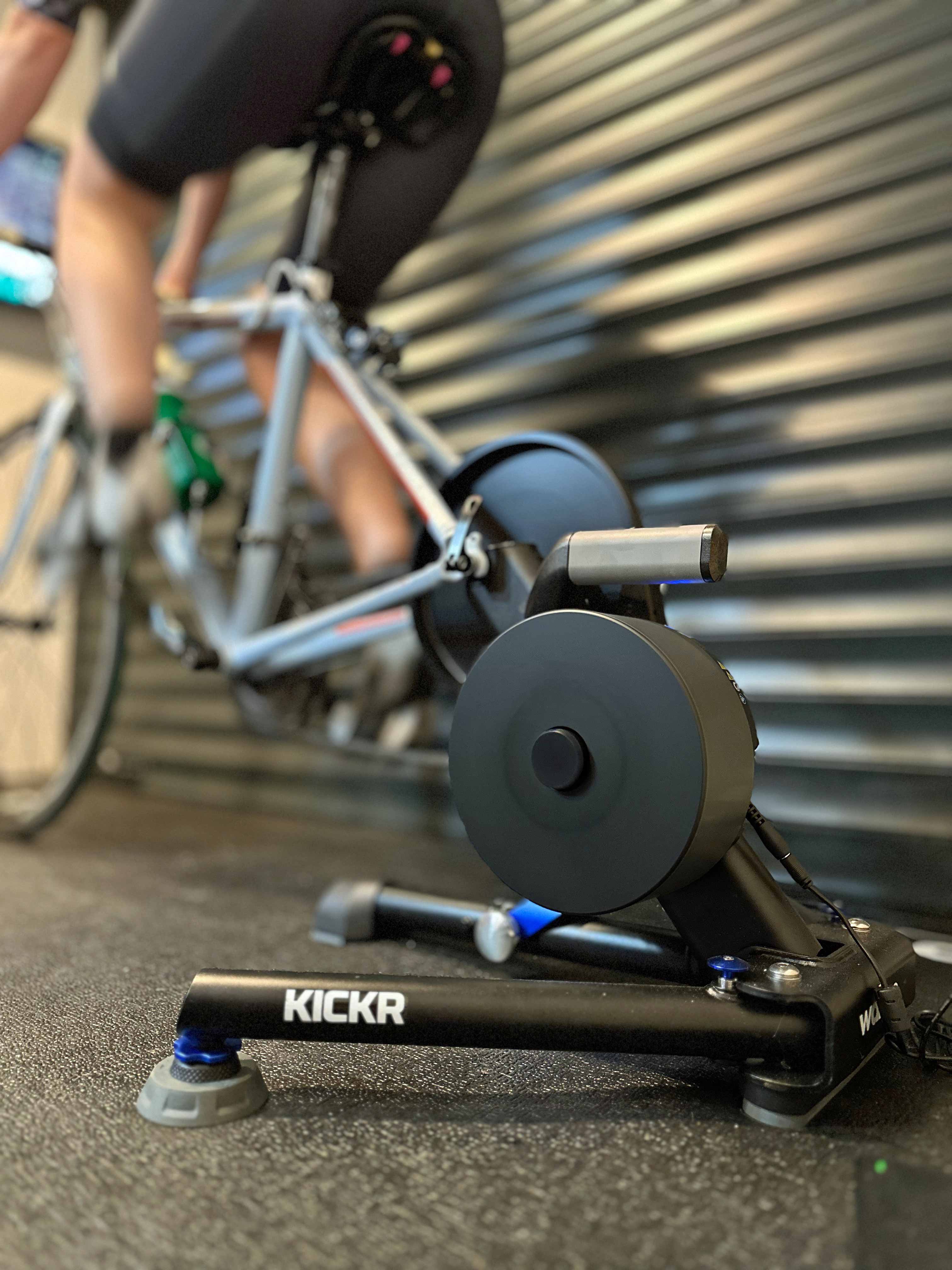
GU – Next we talked about training and asked Jeff what advice he could give gravel riders who have bought a smart trainer. What is the best way to go from being a totally outdoor-focused rider to training indoors and going smart rather than doing it the old-fashioned way?
JH - “I’m very lucky in that where I live, at the base of the mountain, if I want to do a hard session and I want to climb, I can climb. If I want to go flat, I can go flat. I can also do short rolling hills too. But in a lot of places, you don't have that. Riding on a smart trainer means you can control the variables because trainers are so advanced these days. If you have the right input for your trainer, you can set up all of these different stimuli that you maybe can't get in the area where you live and you can also control when they are. The real difference is time - you can have a really great time out on your gravel bike, but you might have to ride an hour to get there. That might put it out of reach. When you get on your trainer, you can program it to go, okay, I'm going to do a warm-up and then for ten minutes, I'm going to do this.
I personally think that smart trainers are great. I don't necessarily like to be on them all the time, but they have a purpose. What makes them enjoyable and useful is the system software. The workouts in there are absolutely amazing. The smart trainer is incredible. It has to be able to take all these inputs and deliver the stimulus that you're looking for. But using it and getting the maximum out of it is dependent on what are the inputs."
"You can control it with your phone. You can control it with a head unit. You can say to do 200W for ten minutes and I want to move it to this or whatever. But if you already have the software that's going to drive it, like you load a workout and it's coming, it's there. That's where the real magic is. So, can these things be useful? Absolutely, 100%. There are at least ten reasons why they can be more convenient than riding outside. It could be the deep snow, or you could be time-crunched. You could not have the right terrain nearby. And all of these things make that trainer really useful.
The one thing I would just I would add is the variability that a smart trainer allows. For example, using the climb feature, the gradient will change and you can simulate climbing, descending, that kind of thing, which also keeps it quite interesting. If you have a workout that has gradients that automatically come, it keeps you very immersed in that as well. Plus, there’s the ability to do high torque, big gear work, fast cadence work, that kind of thing.”
"I personally think that smart trainers are great. I don't necessarily like to be on them all the time, but they have a purpose. "
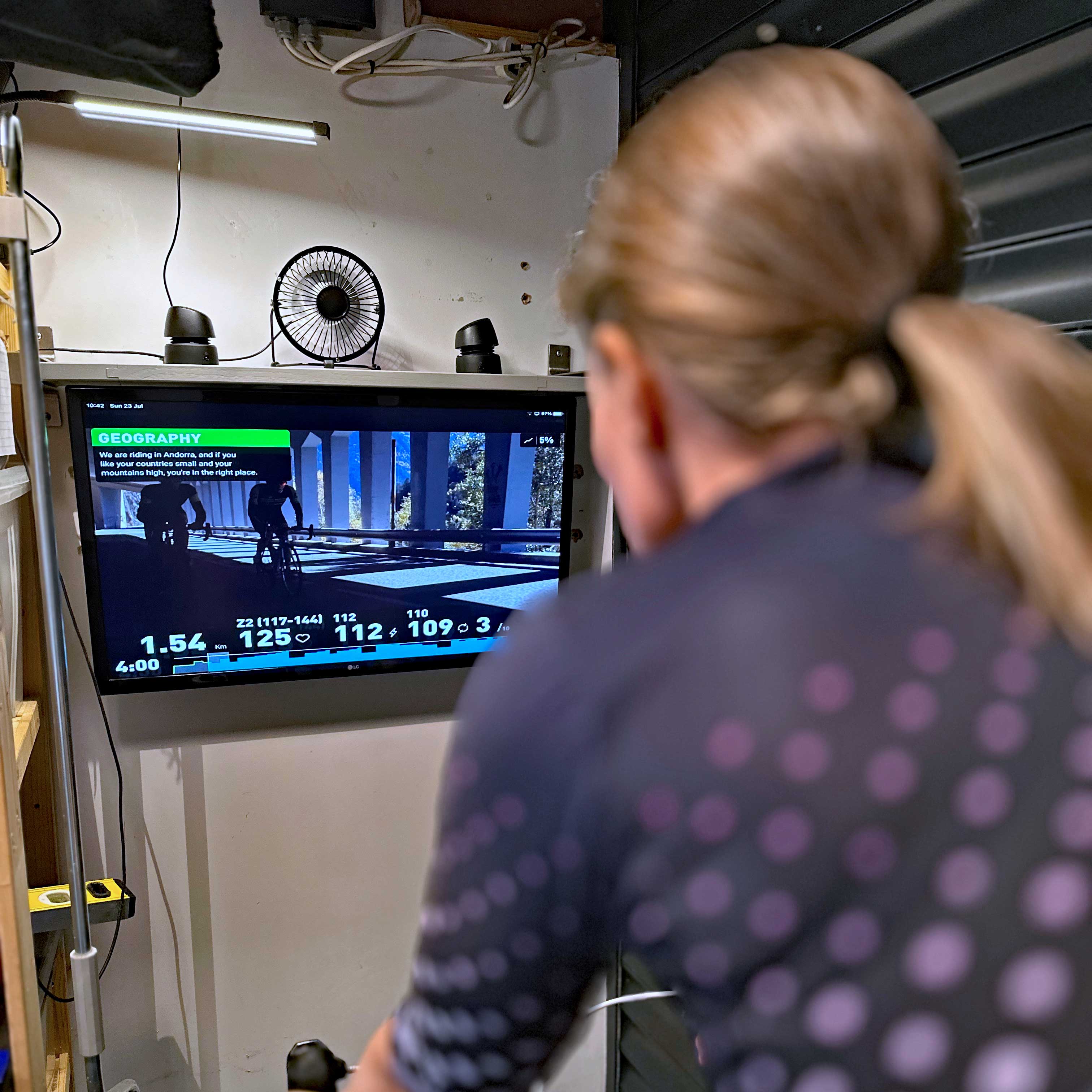
GU - Wahoo smart trainers have got two modes - Level Mode and ERG Mode. Could you give us a bit of an overview of what the two different modes are and which do you think would be the most useful to do the majority of training in?
JH - “ERG Mode essentially means that the trainer is programmed by whatever input you have. So, if you're following a workout, it's telling you that you're going to do 150 watts. It's going to keep you at 150 watts no matter how fast your cadence is. If you speed up your cadence, the torque will go down, but the power will be the same. And vice versa - if you slow down, the torque is going to go way up. This is where people I think often get a little surprised with cadence. If you try to fight ERG mode, it will always win."
"The purpose of the workout will determine what mode you want to be in. "
"Level Mode is essentially a simulation of a road [or gravel trails] outside. You're in control of your trainer and in Level Mode you can set it to zero, which I think is 0.5% incline and then it goes up by 0.5% increments to whatever level you want [or your training programme dictates]. Depending on the workout that you do, the purpose of the workout will determine what mode you want to be in.
I would say most people who have a smart trainer generally use ERG Mode because you can just kind of do what's coming, okay? You don't have to think, but there is a reason to switch. For instance, if you're doing really hard anaerobic capacity work - 20-second efforts that are full gas. Doing that in Level Mode where you're in control of the gradient is going to be a better situation because once you start to get fatigued, you might not be able to hit the target and you'll bog down.”
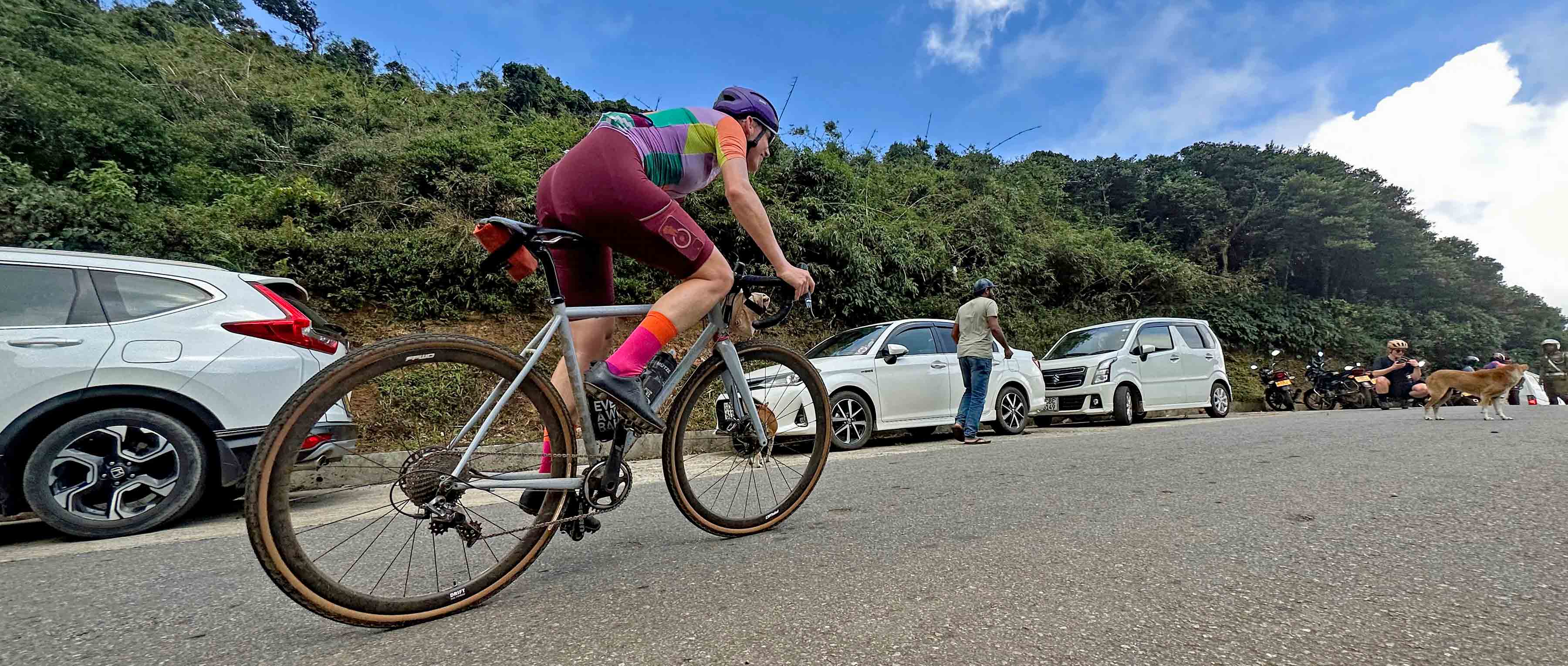
GU - Before riders use a Wahoo smart trainer with a training programme, they are recommended to do a four-dimensional power test. Can you tell us a bit about what it is and why it’s important?
JH – “Firstly, the four-dimensional power test looks at neuromuscular power like a sprint. What can you do? What is your maximum output in 5 to 7 seconds? Number two is anaerobic capacity. What kind of power can you produce for about a minute? The third is to map your maximal aerobic power, which is synonymous with VO2 capacity – it’s essentially what can you hold for about five minutes. You can't sustain that for 30 minutes, but if you're on a really hard climb and you have three minutes until you get over the top, that's the power output that you're looking at.
And then the very common one is FTP - functional threshold power. That looks at what kind of power can you sustain for 30 to 60 minutes. Traditionally that's the only measure that people would look at because it was easy to test for, but with thousands of case studies, we know now that people are very different in what their FTP is relative to those other three metrics.
Let's take two athletes. They both have an FTP of 200 watts. One athlete has a sprint that's 1000 watts. One athlete has a sprint that is 600 watts. If they're only using a percentage of FTP, let's say 50% to give them a training target, it won’t necessarily work. Let's say let's take the 600 watt rider - they're using 300% of their FTP to do their sprints. This person that's got 1000 watt sprint is not getting challenged when they do it. It's the same for anaerobic capacity and for maximal aerobic capacity as well. We're trying to train each system rather than basing everything of just one representation."
"It is important to make sure that you train the energy systems and the muscle tissue that you're going to use when the time comes."
"The more you get away from flat roads, the more important these other metrics become. As the terrain changes, you're switching through different energy systems. So, if you have a really short, punchy hill that's literally 100m in length and you're going to jam up it, that uses both the rider’s anaerobic capacity and neuromuscular system, which most people don't train. They don't train it because they don't know that it's important. One of the things with gravel, it tends to be punchy hills because you're off main roads and the tracks haven't been smoothed out. So, you're going to be shifting between energy systems much more frequently than generally on a road, right? And the place where people break down is they haven't trained these energy systems and the demand is now completely mismatched from what their training has been. That's why it is important to make sure that you train the energy systems and the muscle tissue that you're going to use when the time comes.
We generally recommend that riders new to a smart trainer start with the half-Monty test. This is a ramp test followed by a 20-minute constraint. That will give you two of the four metrics. It’s way less psychologically demanding, but it will give you a really good starting point for when you do the five-minute maximal aerobic power test. People who haven't done this before, they tend to go into a five-minute test and generally either way underperform or they go out too hard and then they bonk. So, I would recommend that they do the half-Monty test first and then a week later do the full 4DP test. The half-Monty gives you a target or an estimated FTP, which is generally pretty darn close and it’s a lot less painful!"
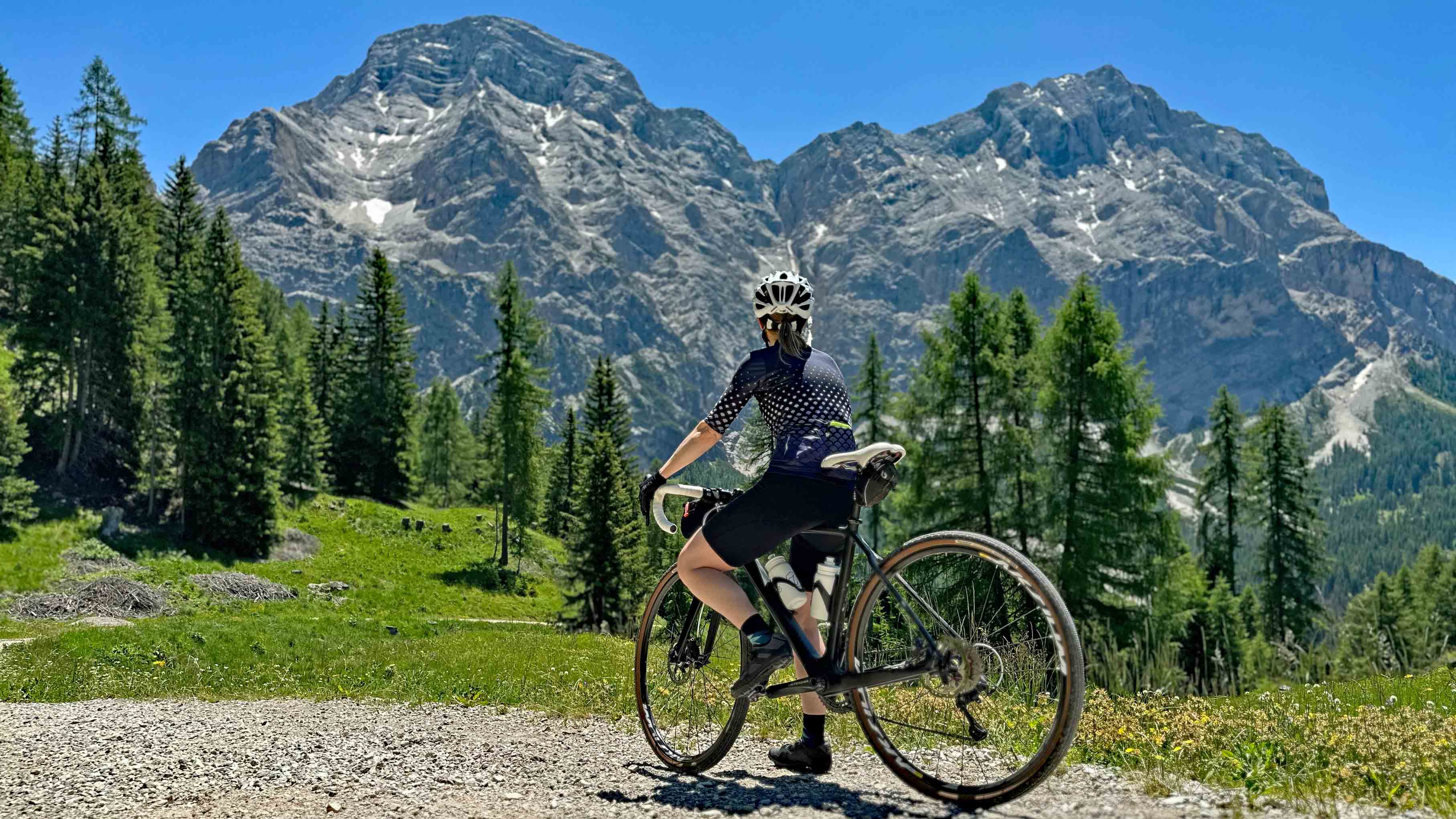
GU - One of the things I read in a blog all about training specifically for gravel riding was about neuromuscular training and how that's important as well as doing some kind of strength training, rather than doing just power training. Could you talk to us a little bit about that, what the relevance is and why it's so important, particularly from a gravel riding perspective?
JH - "Let's just look at two different types of terrain, okay? Let's assume that we're riding kind of middle-of-the-road gravel terrain. It doesn't have to be a ten-hour ride, but maybe it's a four-hour ride and it's off-road, like we said. When you’re riding trails, it’s frequently hilly and there's generally some kind of features to traverse, whether it's a stream crossing or some technical bit. There's generally loose stuff, could be bumpy. Gravel riding goes anywhere from desktop smooth to really gnarly stuff. A gravel bike normally won’t take all the beating, right, so unless you're riding a full-suspension mountain bike, riders will need figure out how to handle the impacts of the trail. So structural integrity [of the rider] is really important. What I mean by that is how do you hold your body, what holds you together? This covers everything from posture to joint mechanics. But you also want to be able to go for a ride and then get off and still be able to move.
What are the things that hold us together? Well, it's muscle tissue and fascial tissue and tendons and ligaments etc. So, if you only train in a linear fashion and you only train on the bike and you go out and do a demanding ride, you're going to be broken and nobody wants to be that way. So, understanding the mechanics involved and doing some strength training will prepare you for those demands as well, or better than just riding your bike.
In all of the big gravel races that I've done, the thing that's most sore are normally my neck, shoulders and lower back. Not my legs. I think that what most people will think about when they're going to do strength training, what they will focus on, is their legs because that's what you're using for pedalling. Well, your legs are already getting trained. I'm not saying you shouldn't do a little bit, but that's not where you want to spend your time."
"Where you do want to spend your time is through your upper back, your lower back, through your core, your trunk, because that's what's taking a beating all the time as well as some upper body. Most bikes don't have suspension and even though your tyres are going to take a little bit out of it, the beating that you're going to take is your upper body. To me, that's what breaks down and this is based on the people that I've coached and watched and raced with, as well as myself.
I don’t want to talk too much about myself, I'm not a super endurance athlete. I'm a sprinter - I'm pretty strong. I’m not the typical skinny little cyclist. Being able to maintain structural integrity [of the rider’s body] as the race moves on or the event moves on, you know for three hours, four hours, six hours, eight hours is the difference that I see.
Let me just sum it up with two things. Yes, you should strength train and that should be a full body programme with an emphasis on the posterior chain, which is your backside. Because that's what holds you up. And neuromuscularly, doing a variety of stimulus like sprints, big gear work, high cadence work is really, really important because over time you're going to fatigue. You're most likely to fatigue at the neuromuscular level before anything else because of the demand of high torque (and that kind of thing) put on the body in off-road riding.”
"In all of the big gravel races that I've done, the thing that's most sore are normally my neck, shoulders and lower back."
GU - If you had an athlete or a rider who's not even an athlete and said to you, I've got a certain amount of time to train each week, should they do some flexibility, yoga or Pilates or something as well as the strength training and fitness training?
JH - “100%. Yes, they should. You know, everybody's a little bit different on what they like to do, whether it's Pilates or whether it's yoga or whether it's just a simple mobility routine or callisthenics or whatever you want to call it. There's a lot of different ways to do it. You know, you can do a five-minute movement and that's all you need. Or, you know, if you're strength training twice a week or three times a week, you can put a little at the beginning of every session."
"I think flexibility is important. I think mobility is more important."
"I think flexibility is important. I think mobility is more important. And what I mean there is how do your joints move? Flexibility tends to refer to the length or the elasticity of a muscle. But equally, or even more importantly, is how well your joints move. You can do mobility without doing flexibility. You can do flexibility without doing mobility, but ideally you do a bit of both.”
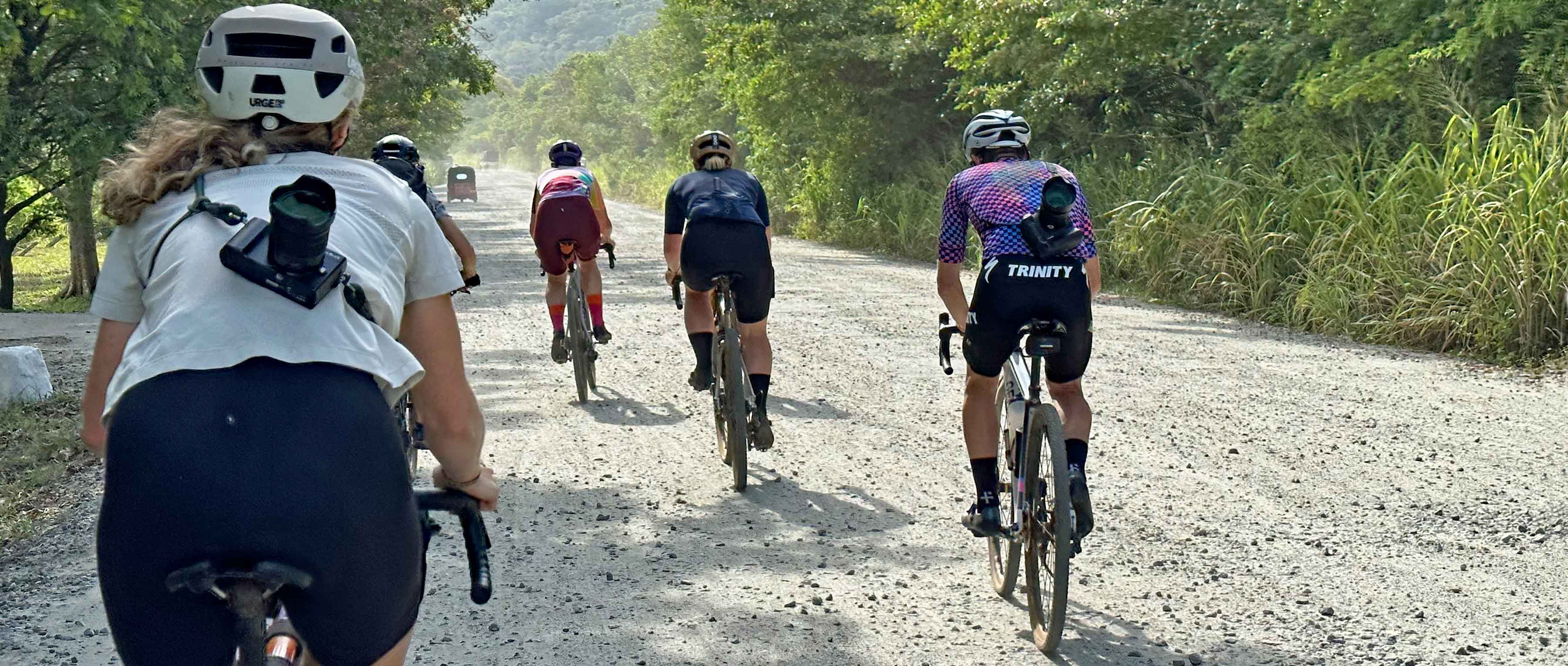
GU - To finish off, if you had to give a couple of top tips for someone that was going to start training for a multi-day event or they're going on a holiday, are there some key things you think they should do to make sure they're properly prepared?
JH - “The key things in training are consistency, purpose, progression and recovery. Those are the four main factors in overview. But it's got to be fun and I would always include the strength training. I think that it's really easy to get caught up in the idea that you need to do big hours. You do need to do the work, but the volume is secondary. The structural integrity of the body is equally important as doing volume."
“It's better to go in 10% undertrained than 1% overtrained”
"The last thing that I would say is that you should try and go in fresh. Go in feeling almost like you're undertrained. So that when you start, you’re fresh. It's better to go in 10% undertrained than 1% overtrained. You want to make sure you go in not fatigued - one foot already in the grave. For a recent gravel riding trip to Colombia for example, I did most of my prep on a trainer. I went in probably with 50% of the training that I would have done had I been in the summer or in the warmer weather. I ended up doing 65 hours of riding over the course of nine days. Nearly 100,000ft of climbing. And we rode over 1000 km. And all on gravel. When you’re training, you’ve got to do the time, but two weeks before I had a lot of stuff to do and I basically only trained 5 to 7 hours a week. Could I have done better? The thing that saved me was going in fresh."
“I reduced my training to make sure I was ‘backyard fresh”
"There are so many things that go into proper preparation for a multi-day event, but I think most people do too much. That's what I want to tell you. Especially in that last two weeks, I reduced my training to make sure I was ‘backyard fresh’. I don’t know whether you’ve listed to any of the Wahoo Knowledge podcasts, but there’s one all about riding multi-day races and everything from stage racing to bike packing and that kind of thing, so I would recommend you have a listen to that for some extra tips.”
Thanks so much to Jeff for giving ups his time to talk to us. You can find all the Wahoo Knowledge podcasts, some of which he co-presents, here.